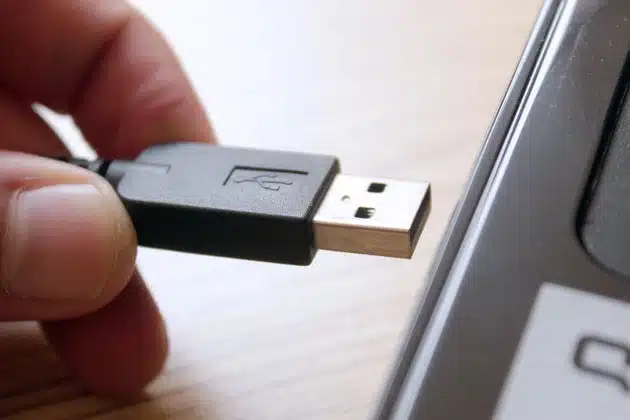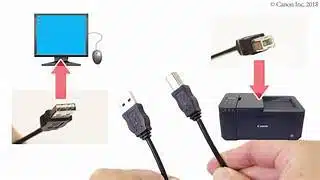Printers are essential for creating physical copies of your documents and photographs. They can be connected to your computer using a wire, or over Wi-Fi.
To connect your printer to a Windows laptop, you will need a USB cable. This cable is typically included with the printer, and can also be purchased at LD Products for a low price.
Table of Contents
1. Connect the Printer to Your Computer:
The easiest way to connect a printer to your computer is with a USB cable. Typically this comes with the printer or can be purchased at any electronics store.
The “A” side of the cable plugs into an available USB port on your computer and the “B” side of the cable plugs into the printer.
The process of connecting via USB is much faster and simpler than using WiFi. It’s also more stable and dependable.
WiFi connections can be subject to all kinds of hiccups and dropouts which can be particularly annoying when you’re in the middle of a print job.
Another benefit of connecting via USB is that it reduces your exposure to potential hackers. Every device that connects.
So your network is a possible target for someone who might try to break into your home network and access the devices connected to it. It is still important to keep your printer’s firmware up-to-date though!
2. Install the Printer Driver:
A printer driver is a software that links your operating system to the hardware so it can understand what the hardware is capable of and decode print instructions into a language the machine can understand.
Without a properly installed and updated driver, your printer will not be able to communicate with the computer or print anything.
With the Printer and the Computer powered on and logged in. So click the Windows icon (or press the keyboard key). So in the taskbar, located at the bottom of the screen.
Click the “Printers and Scanners” icon or navigate to the Windows Settings and select it from the list of available options.
Plug the USB cable into the square-shaped USB connector on the back of the Printer and connect the opposite end’s flat connector to the available USB port on the Computer.
If a driver setup routine is displayed, follow the prompts to install the drivers. This may take a few moments to complete.
3. How to Connect the Printer to the Computer with a USB cable to the Network:
Most printers have networking capability built in, either via Wi-Fi or Ethernet. Follow the directions in your printer’s documentation on how to set up the network connection, depending on the manufacturer.
Once you have the printer configured for the network, it will probably connect automatically if it’s within range of the router.
The easiest way to connect a printer to the network on Windows is to use a feature called HomeGroup, which is designed to make this process incredibly easy.
Just enable the feature and the printer should show up in the “Devices and Printers” dialog box on any computer connected to the network.
If you want to connect the printer to a different computer on the same network, simply click the device and select Add a device.
So. Windows will scan the network for devices and may ask you to specify a model number so it can download drivers.
It should also display a share name, which you will need to enter when adding the printer on another computer.

4. Turn on the Printer:
The printer should be plugged in, turned on, and connected to the same network as your computer.
This process varies slightly by printer but you can find specific instructions in the manufacturer’s documentation.
Once you’ve completed these steps and your printer is connected you should be able to print from any device on the network, including mobile devices.
You can also test the printer by printing a test page. So if you encounter any problems with the connection, try restarting your router.
If your printer is not visible. So go to Settings on your computer or mobile device and select Print & Scan / Printers & Scanners. This will display a list of available printers, if any.
Click the Add printer button and follow the on-screen instructions to establish a connection. If you’re still having trouble.
So check both ends of the cable to make sure they are firmly attached. You may also want to consider replacing the USB cable if it looks crushed or broken.





Add comment